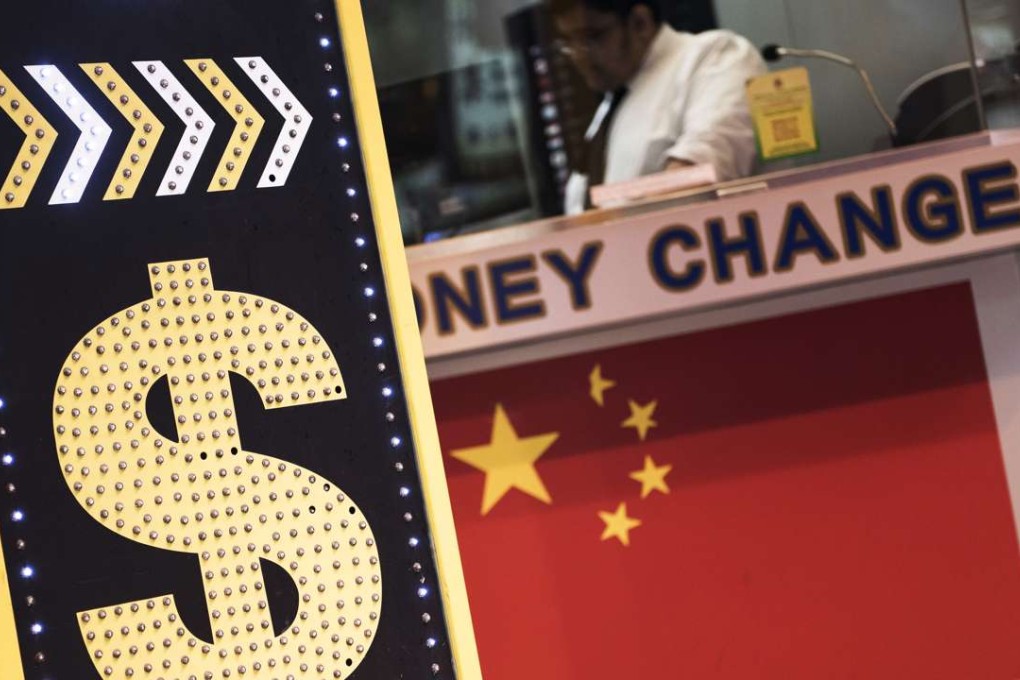Analysis | China’s borrowing costs surge, sending economy into cycle of implicit monetary tightening

China’s benchmark lending rates have risen sharply, increasing the cost of borrowing capital and sending the economy into a cycle of implicit monetary tightening, while the country’s currency plumbs daily lows.
The price of 10-year government bond futures for March delivery fell by a record 0.71 per cent on Tuesday before declining a second day by another 0.49 per cent on Wednesday. The price has dropped by nearly 3 per cent since late October.
The yield on the benchmark 10-year bond has risen sharply, hitting 2.94 per cent on Wednesday, prompting many analysts and investors to talk about the possibility of it breaking 3 per cent. Bond price declines when the yield rises.
“The deep correction in the bond price is attributable to the change in the cental bank’s attitude,” said Deng Haiqing, the chief economist at JZ securities. “Since September this year, the central bank’s moves have shown obvious signs of tightening, ranging from limiting big banks’ lending to raising borrowing cost through open market operations.”
Meanwhile, the Shanghai Interbank Offered Rate (Shibor), the interest rate used in lending activities between Chinese banks, saw gains across the board for the 15th consecutive day on Wednesday.
Overnight Shibor climbed 1.4 basis point to hit 2.3160 per cent, the highest level since early October, approaching the year-high of 2.3270 per cent. The rate has surged by over 6 per cent from 2.1820 per cent on November 9.
